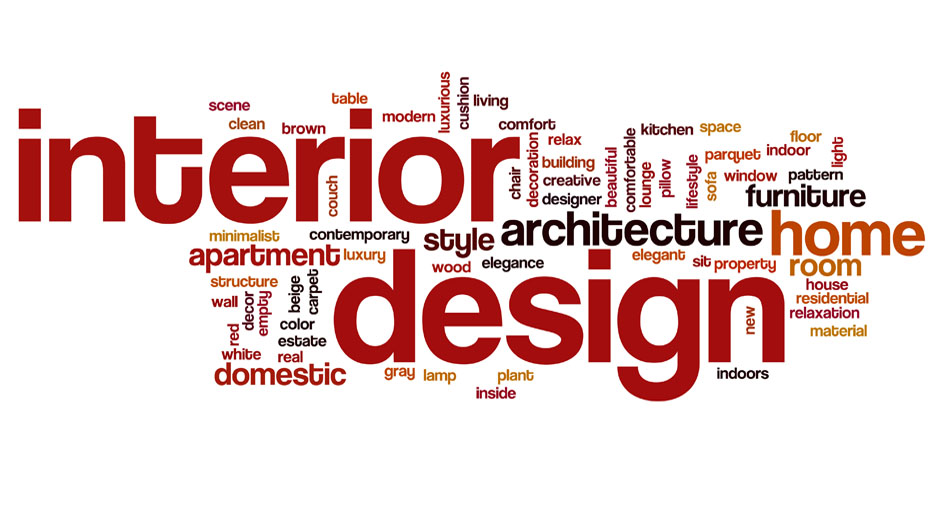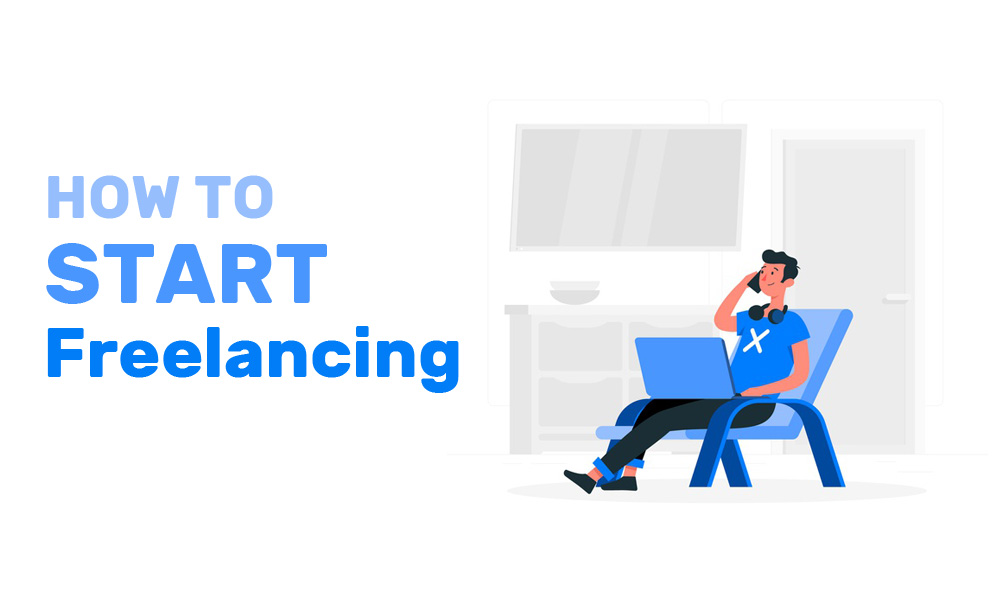Table of Contents
Freelance Interior Designer
Freelancing is having a moment. More people than ever are talking about finally pursuing their “dream job” and regaining control over their life. Some careers make it difficult to make this transition.
Interior designers actually have a lot of advantages over other careers when it comes to the potential for freelancing. The interior design field is growing, the barrier to entry (e.g., what you need to get started) is pretty low, and you can start making money almost right away by using online job boards.
If you’re thinking about starting a new career as a freelancer or just taking on side work, then you’re probably wondering exactly what to expect, where to start, what skills and certifications to pursue, and whether this is the best fit for you.
We’ll answer all of these questions and more in our full article on how to launch a freelance career, plus give you a few bonus tips on using home design software to streamline your workflow and start sourcing side hustle work today!
Read also – 8 Best Ways To Become An Interior Designer
Image Credit: easyrender
What is a Freelance Interior Designer?
You’ve probably heard that the gig economy is exploding. What does this actually mean?
It means that a lot of people have left their full-time jobs to pursue working on their own, or they have taken on side projects in addition to their daytime career. These people are called freelancers or contractors, but the way that they function is essentially identical. Think of the words as interchangeable.
Freelancers are simply people who work for individual clients or companies as contracted employees (i.e., not full-time, even though they might work full-time hours at certain points).
While full-time employees are classified as W2 (named after the tax documentation associated with this employment status), freelancers are considered “1099s.” The tax implications are very different for each type of employment and it affects how and when taxes need to be paid.
Freelancers have all kinds of arrangements with clients, from part-time work on a monthly basis to dedicated hours every week. Some freelance interior designers prefer to work directly with their clients, while others might serve as a contract partner to a larger interior design firm, a construction company, or another employer that is ultimately responsible for serving the end client relationship.
Read also – How To Get New Clients for Your Interior Design Business?
Why Do Some Companies Prefer to Use Freelancers?
Many companies opt to hire full-time employees because they want a dedicated resource, whether on-site or remote. Because the interior design industry is largely project-based, it can be difficult for employers to estimate exactly how much work they will have in a given year.
This uncertainty makes freelancers an excellent choice for interior design companies, and the relationship is mutually beneficial for freelancers. There are several very good reasons that a company might choose to use a freelance interior designer.
- They are looking for a very specific skillset and high-quality work.
- They can’t afford a full-time employee.
- They only need part-time support for a one-time project.
- They need support while continuing to grow, and may plan to hire a freelancer full-time once cash flow becomes more predictable.
- They want to avoid paying significant taxes associated with employment or offering pricey benefits like PTO, health insurance, etc.
Sometimes companies will also initially work with someone as a freelancer, then decide that they want them as a full-time employee. During the time that they’ve been working together, the freelancer and company have had time and exposure that will help them determine if it’s a good fit for each party.
Read also – 10 Interior Design Career Paths To Become An Interior Designer
Image Credit: linkedin.com
Why Do Clients Want to Work Directly with Freelance Interior Designers?
Large, sophisticated interior design projects require the skill, resources, capacity, and experience of a diverse team. This team might include designers, architects, construction, contractors, client stakeholders, interior decorators, and more. These types of clients will most often choose to work with a bigger interior design agency that’s built to handle big projects.
Other clients, especially those seeking help for a single-family residential property, prefer to work with freelancers. The benefits to using a freelance designer can be significant and include at least the following:
- Substantially improved service.
- Direct contact with clients.
- Specific skills or areas of expertise.
- Quicker turnaround.
- Better overall value
As you begin to work with clients, make sure you ask why they chose to work with a freelancer. What are they hoping to get out of the relationship? Do they want a different experience than what a larger company will offer?
Understanding client expectations will help you calibrate your level of service and responsiveness to ensure that they are fully satisfied and ready to refer you to their friends and family!
Read also – 10 Best Client Management Tips for Interior Designers
What Are the Benefits to Being a Self-Employed Freelance Interior Designer?
Freelancers tend to have a specific view of how their life will look. This vision probably involves drinking coffee and poring over.
While this can happen, the day-to-day reality for a freelance interior designer can be much different, and it’s important to clearly understand the benefits so you can decide if it’s the right fit for your situation, skills, and long-term goals.
Most freelancers cite the following as the most significant benefits to their style of work:
- The ability to focus on projects that are more interesting to them, or more aligned with their values and beliefs.
- Honing their skillset within a valuable niche, allowing them to upskill and upcharge.
- Exercising some control over how much they earn based on how much work they accept.
- The experience gained from being a full-time or part-time freelancer can help you increase your pay or land a better role. Hard work and new design skills will pay off!
Though the financial benefits and ability to work flexibly are big reasons to strike out on your own, many freelancers simply have an entrepreneurial bug that won’t be ignored. Even in the midst of financial hardships, difficult client relationships, operational challenges, and everything else that accompanies business ownership, freelancers thrive on the challenges.
If you’ve always had the drive to build something of your own, then you might find that freelancing is deeply fulfilling and helps you grow to the next stage of your career, however that looks.
Read also – What Does An Interior Designer Do?
Image Credit: Valerie Ethridge
Potential Downsides to Freelancing
Yes, there are some awesome benefits to working for yourself or moonlighting as a freelancer. Unfortunately, there are also a few less glamorous aspects to being your own boss. Note that these are not reasons to avoid pursuing the freelancer life; these are simply areas that you should be aware of before diving headfirst into a new venture.
1. You will need to source your own business. Once your referral system and marketing channels begin to work for you, this will get easier. However, that can take months to get going and you’ll need to either have work lined up or be prepared to use your savings while your workload increases.
2. Freelancers often spend significant amounts of time working alone. While this is suitable for some, others can get lonely and miss the feeling of being with a team (even if it’s virtual).
3. Taxes can get a little more confusing. As a freelancer (sole proprietorship, single-member LLC, etc.), you’ll be responsible for tracking all of your income, expenses, and other tax liabilities. For many people, this isn’t that complicated, but you will need to handle the filings yourself or pay a certified account to do it for you.
4. You don’t get the full-time perks of being an employee. Yes, you need to go to the office and your manager might be annoying. But, employees sometimes lose sight of the perks they get, including:
- Working with a team of people, which can inspire creativity and help you feel motivated and included.
- Paid benefits like PTO, health benefits, 401k matching, and more.
If that all sounds a little alarming, don’t worry. You can handle each of those areas as a freelancer. However, you’re likely to be more successful if you just accept that it takes time to get your business operating smoothly and to get each of the important administrative components in place.
Common Certifications Required To Be a Freelance Interior Designer
The types of certifications required for freelance interior design work will vary depending on exactly what kinds of work you want to do, and what your clients need or expect. From a full bachelor’s degree to speciality certifications, there are lots of continuing education options for freelance interior designers. Which interior design course is best, and where should you focus when starting your interior design career?
We have covered this topic in-depth in a few other articles and we recommend these for further reading:
- Looking to quickly get a few online certifications? Check out our list of the top e-learning courses for interior designers.
- Wondering how to pursue more formal education or an accredited program? We break down the process and your options in our article on how to get interior design certified.
To help narrow down your list, we recommend focusing on the well-recognized, industry-leading organizations like the International Interior Design Association, or the American Society of Interior Designers. Joining those associations and earning 1 or 2 certifications will help you gain credibility with potential clients and improve your understanding of interior design fundamentals.
Image Credit: reminetwork.com
Skills Required to Become a Freelance Interior Designer
What does it take to become a successful freelance interior designer? There’s no magic formula for the precise combination of skills that will make you successful. However, there are a few key skills you should focus on, especially when first starting out:
- Understand how to use basic design software, drafting tools (like AutoCAD), do 3D rendering, create floor plans, and know the principles of interior design. Keep up on interior design trends for home decor, textiles, furniture design, and more.
- Be able to conduct disciplined project management, business communication, and other management skills.
- Know how to prepare proposals and scopes of work for potential clients.
- Develop familiarity and proficiency with some foundational digital marketing practices, including social media, websites, and email.
Read also – 15 Tips and Skills To Become A Successful Interior Designer
How Much Does a Freelance Interior Designer Earn?
While the total amount that a freelance designer can earn depends somewhat on the number of hours that you’re willing to work, there are certainly some standard ranges for the hourly amount that you’ll likely charge.
According to expert sources, most freelance interior designers charge between $50 – $200 per hour for their services. Experienced designers with proven portfolios will be able to charge more for their work.
Read also – How Much Do Interior Designers Make
Image Credit: freelancinghacks.com
Top 5 Things to Do When Starting a Freelance Interior Design Business
1. Create a portfolio that showcases your capabilities and prior work.
2. Set up your company (brand, LLC or sole proprietorship, etc.). Make sure you know exactly how much money to withhold for tax purposes, etc.
3. Do initial marketing, with a particular focus on the following areas:
- Create social media accounts.
- Put up even a basic website so clients can find you.
- Get business cards.
4. Set your prices and figure out how you will package your services (and which services you will offer).
5. Determine how you will source your work (e.g., online job boards, referrals, family and friends, interior design companies, etc.)
Read also – 15 Steps To Start Your Interior Design Business
Image Credit: jobstreet.com
Upwork
It is one of the largest online communities for connecting employers and freelancers. While Upwork is an enormous platform, they are not specifically focused on interior design, and they also take 20% of all earnings from their freelancers.
Foyr Community
It is one of the easiest ways to start sourcing new projects today! Join the online community and bid on jobs, share your mood boards, learn from seasoned experts, connect with other designers, and grow your network. Once you’ve joined the community, simply head over to the “Jobs” section and browse all of the available projects. These jobs are specifically sourced for interior designers.
The Foyr community also has tons of learning opportunities, with practical courses that are built and taught by proven professionals. These courses are free and they cover helpful topics ranging from how to start your own business to creating systems for scalable growth.
Houzz
It is another popular website that helps freelancers connect with clients, and they maintain a specific focus on home design, construction, and renovation (though freelancers on the network cover much more than just designers).
Freelancer
It helps millions of freelancers find and bid on work that they might be interested in fulfilling, though the quality of work isn’t vetted, and it can vary widely (often with lower budgets).
Guru
It brings together freelancers from all backgrounds and disciplines to help them find potential clients. While they don’t have a specific focus on interior design, there are many projects currently available.
Read also – 10 Platforms To Find 3D Rendering Jobs Online















